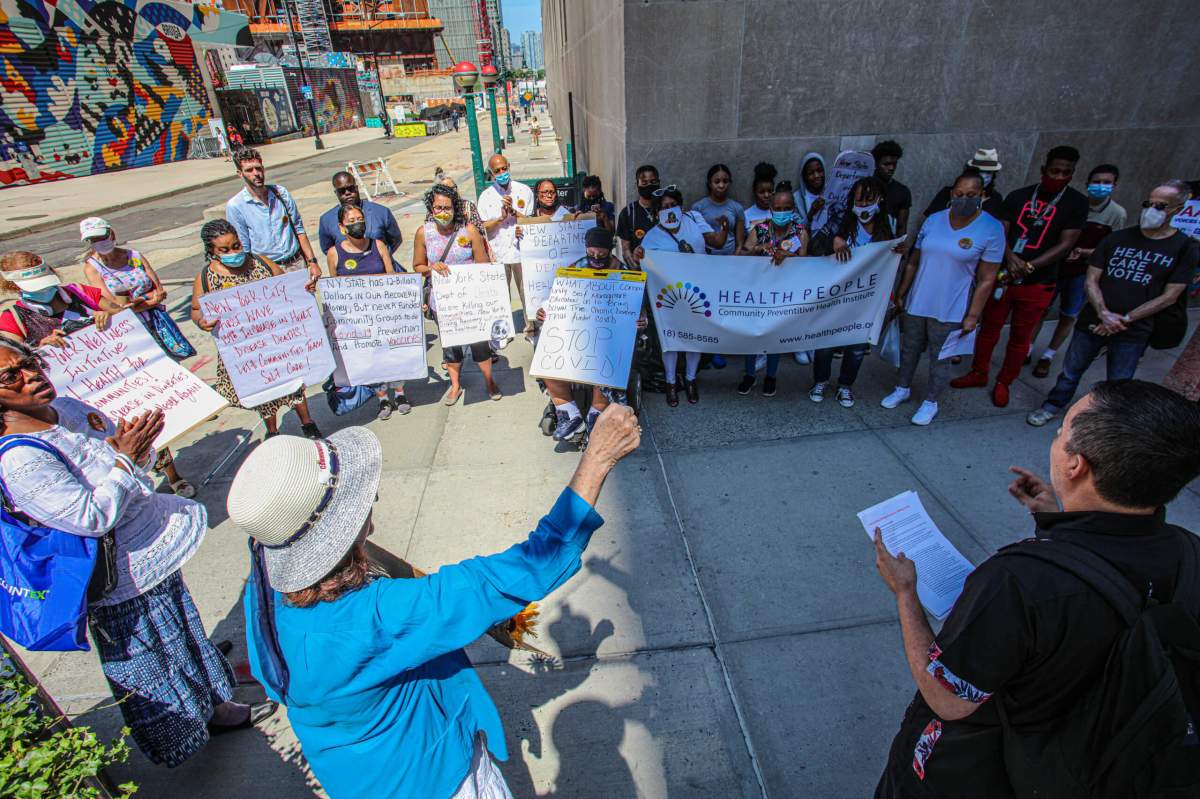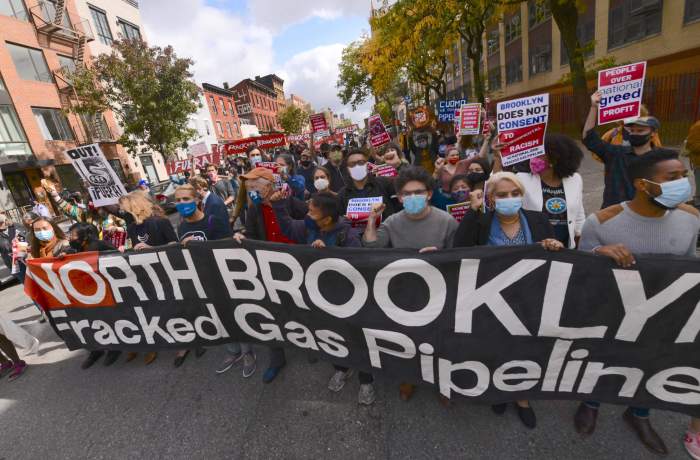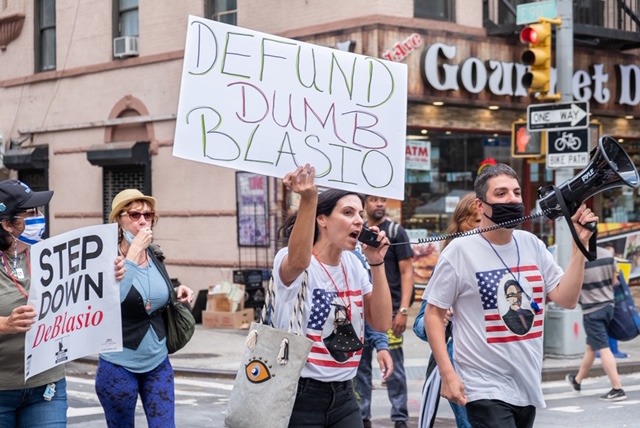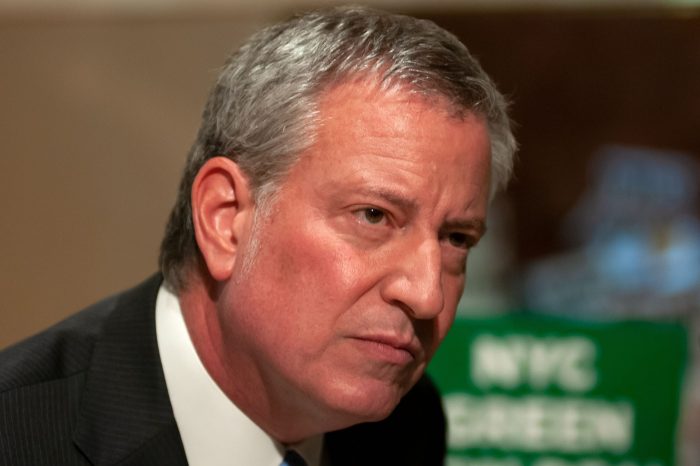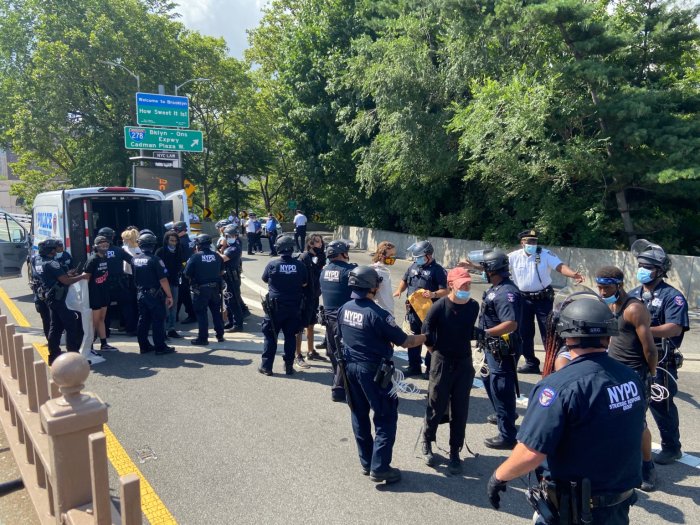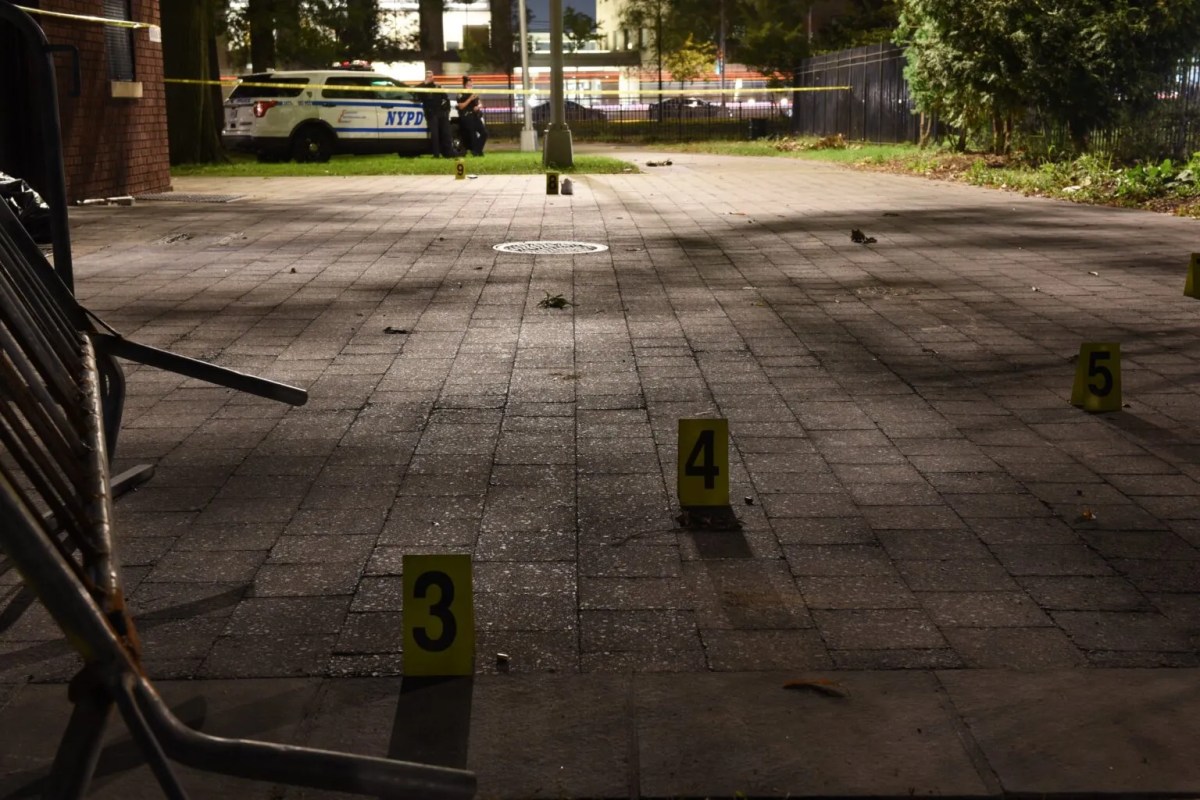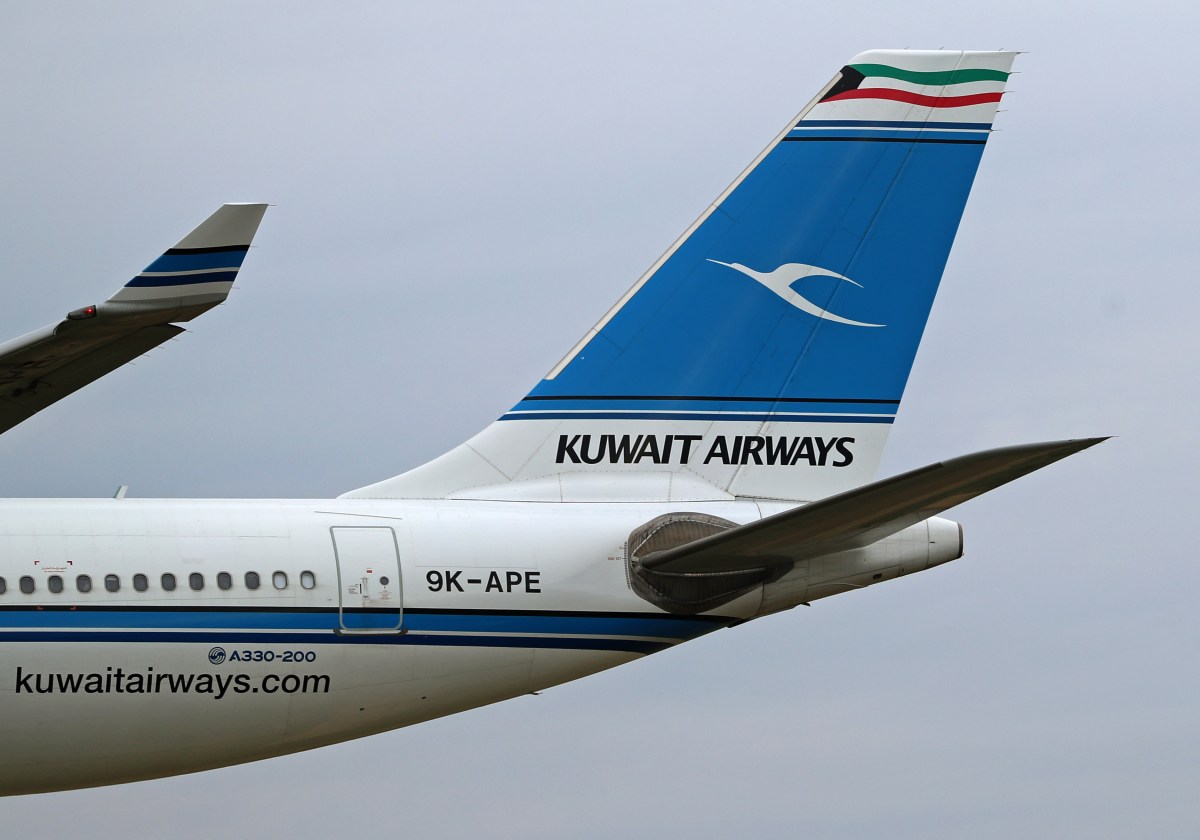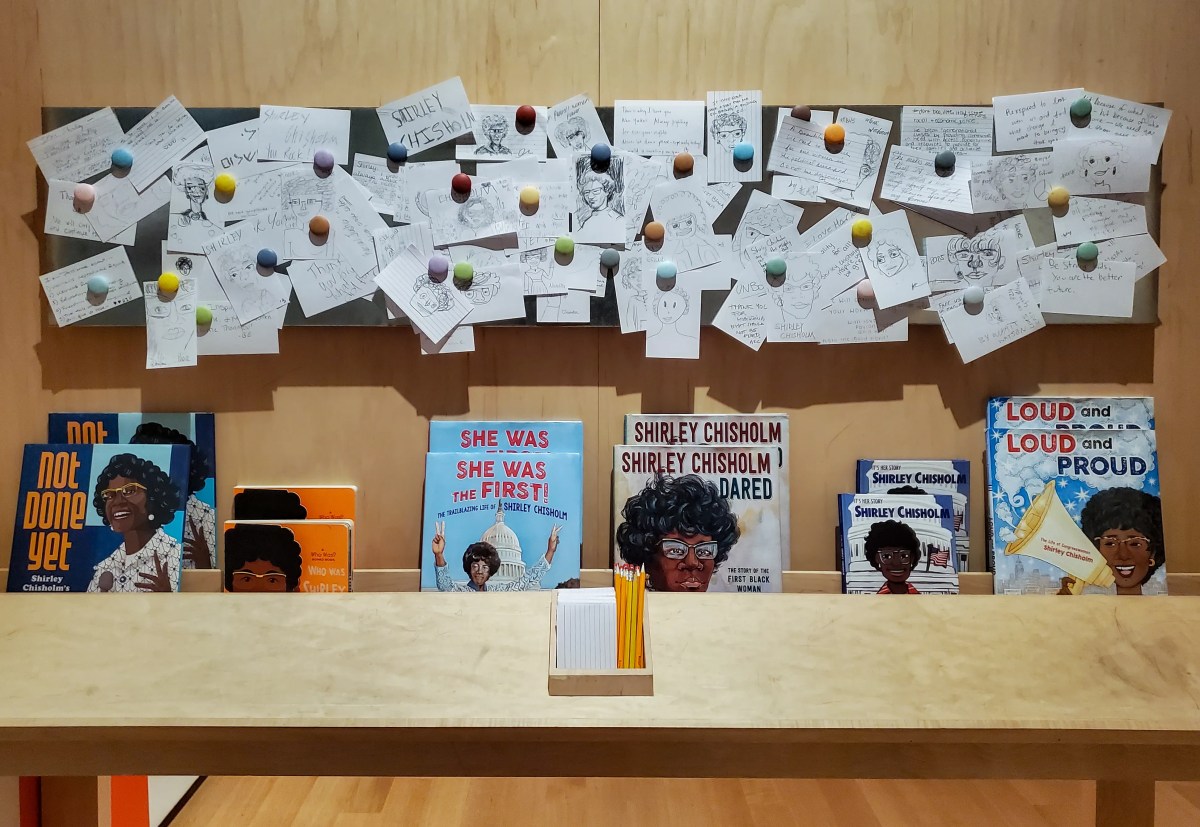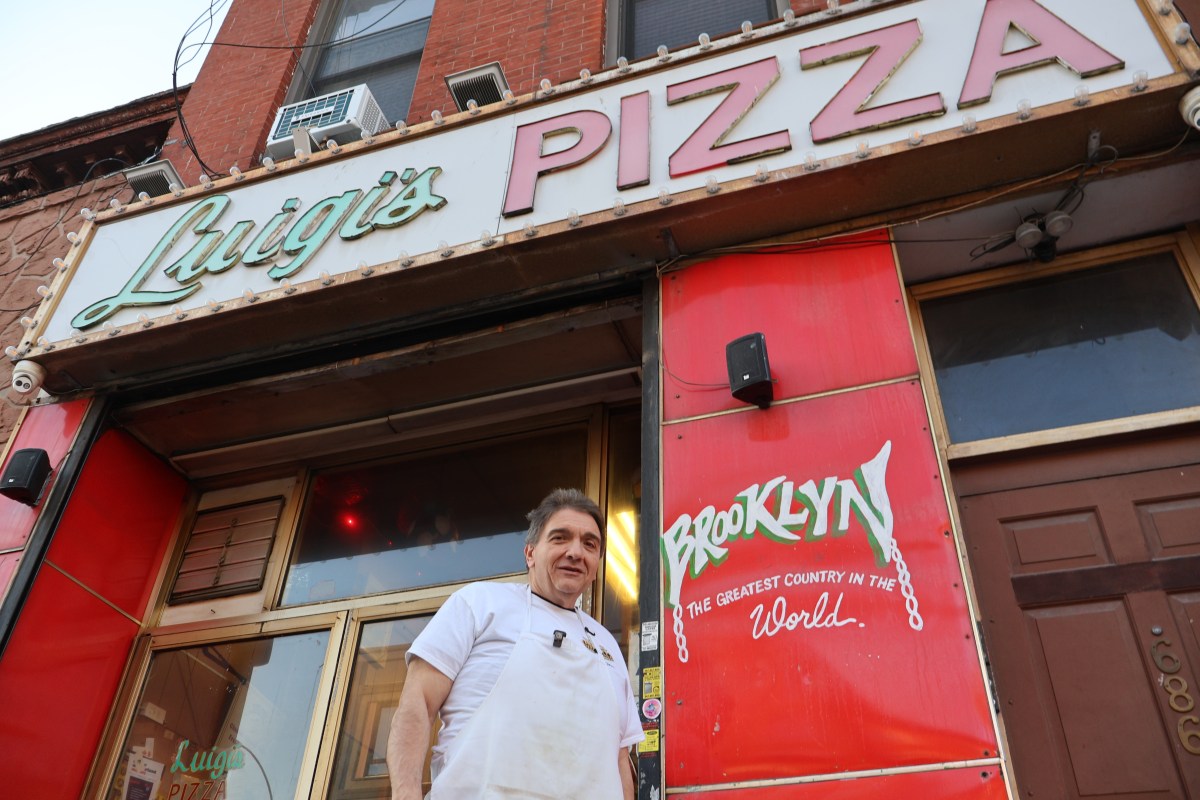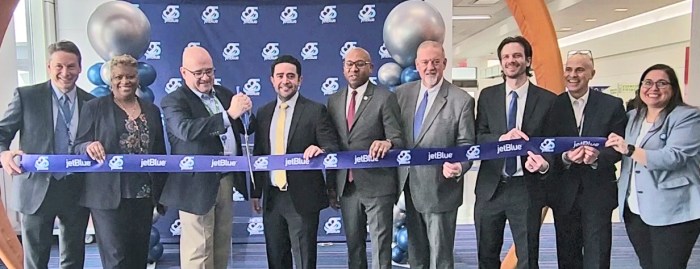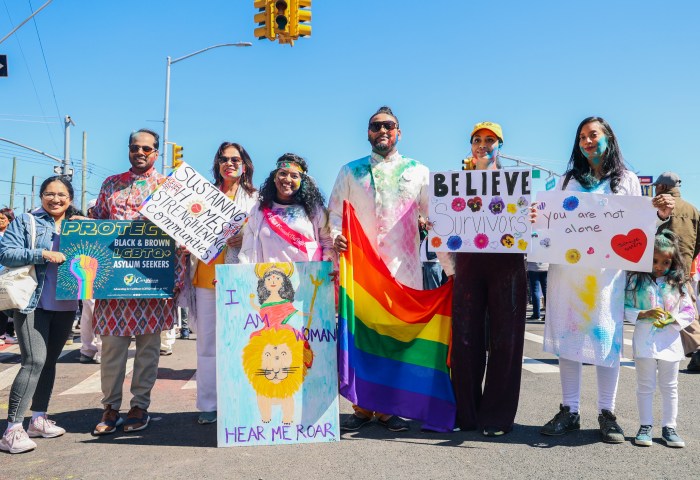The spread of COVID-19 may be dwindling in New York City as restrictions start to lift, but the battle for financial recovery from the pandemic continues to heat up.
On Monday, the Commission on the Public’s Health System and Health People — a Bronx-based activist group — spearheaded a march from the State Health Department offices, at 90 Church St. in the Financial District, to City Hall Park.
The group joined the Communities Driving Recovery (CDR) coalition and assembled beneath the scorching heat in Lower Manhattan to demand Mayor Bill de Blasio and Governor Andrew Cuomo invest in Black and Brown communities who were hit the hardest by the novel coronavirus, showcasing a racial and economic divide even during a time when the common mantra among politicians was, “We are all in this together.”
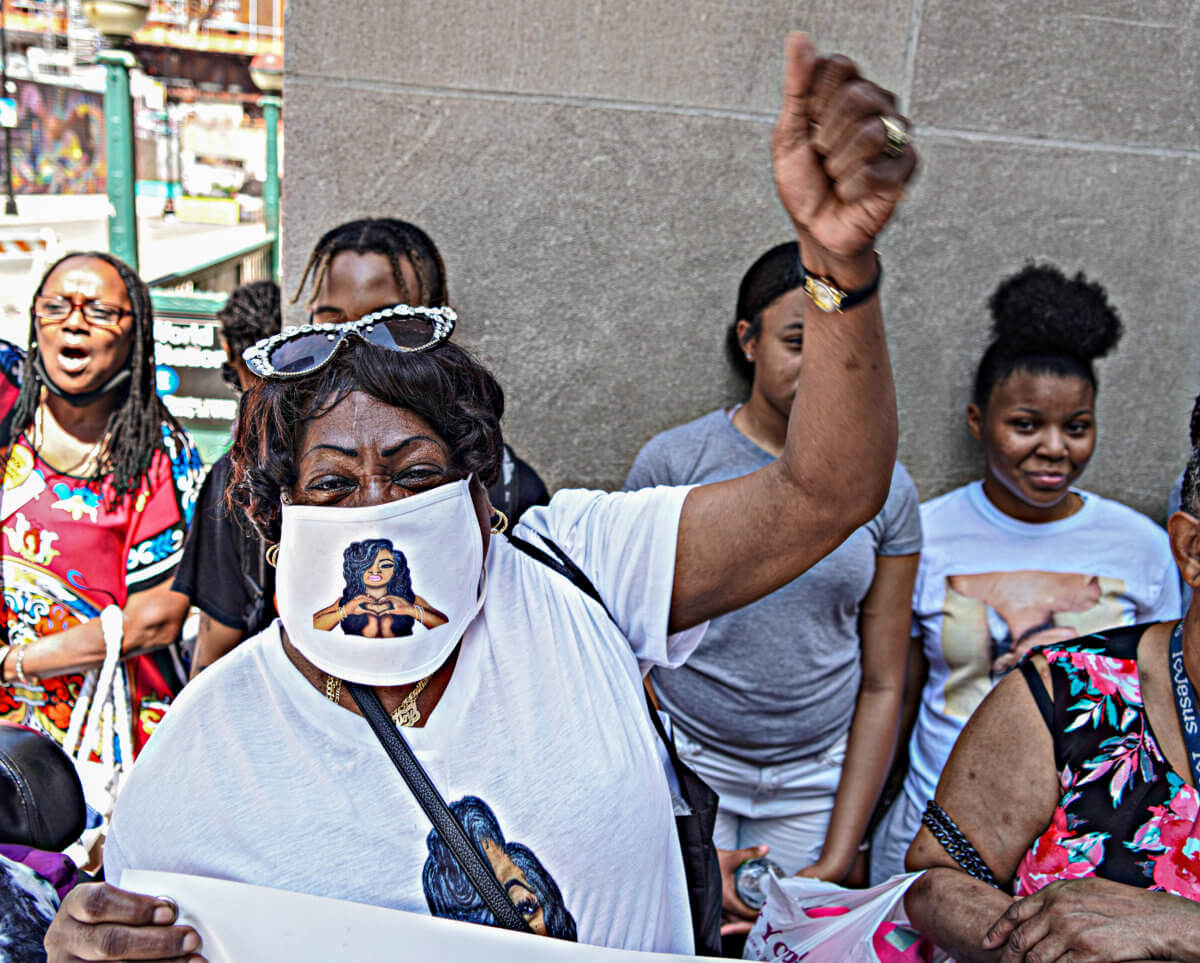
“While we were a part of the test and trace community advisory board, the vaccine board, and we were allowed to sit at the table, what happened was the state and the city put their fingers and their ears. While we were speaking, they were not listening,” said Denean Ferguson, co-chair of the Queens Recovery & Resiliency Committee said. He described the way areas, like the Rockaways, received little attention from city and state government despite the COVID-19 decimation.
“Our city and state government did not engage the local indigenous organizations to help save the lives of our people, so this morning we are out here imploring the state and the city to help us save the lives of our citizens in communities like the Rockaways. We need to increase our capacity so that we can save the lives in our community,” Ferguson added.
Vulnerable communities are still feeling the aftermath of the COVID-19 pandemic, with many neighborhoods still struggling to make ends meat. Activists are calling for the city and state to partner with local groups instead of bypassing funding to outside agencies that are not concentrating on those affected the most by the novel coronavirus.
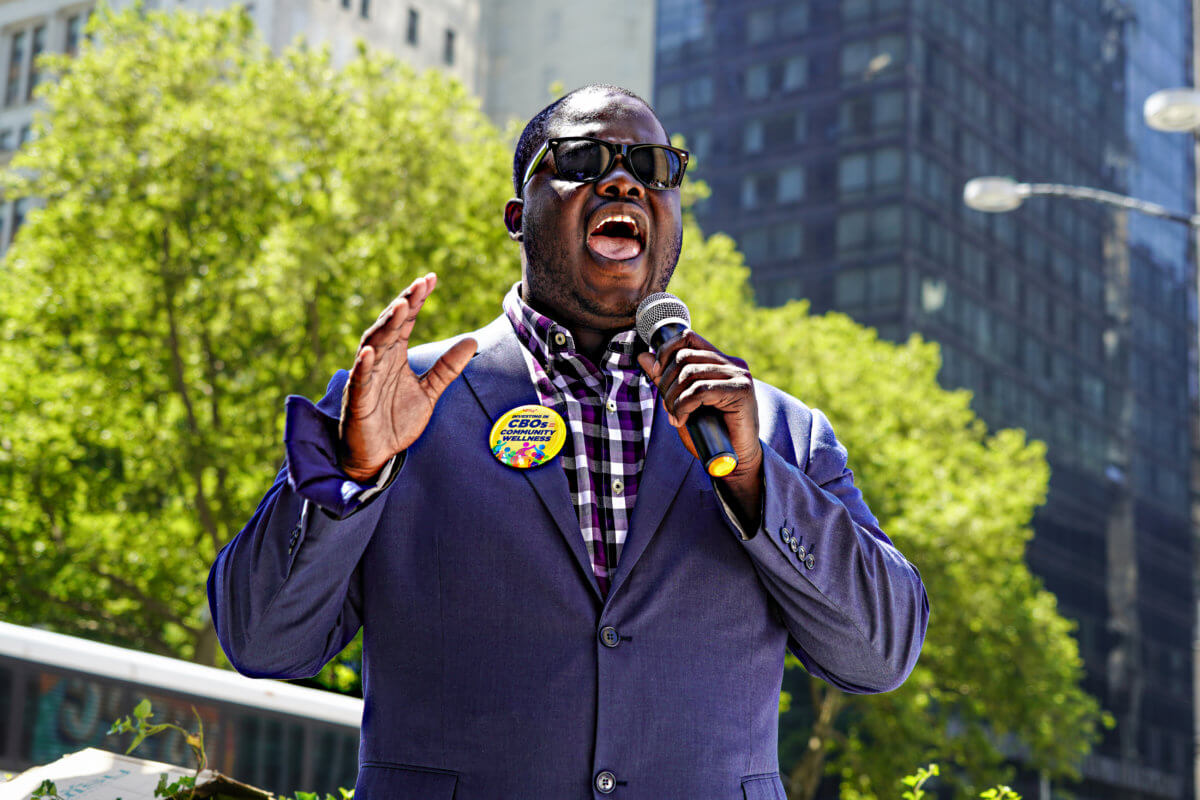
The CDR coalition states that their CBOs have been at the forefront of underserved communities since the onslaught of COVID-19, providing testing, tracing, and vaccination access. Instead of providing recovery funds to creating new agencies, the CDR is asking that state and city utilize existing groups who both know the communities in and out and are already on the ground building a rapport with residents. In addition to calling for aid, the march also urged New Yorkers to get their COVID-19 vaccine in order to save lives.
“Far Rockaway was ground zero for the COVID-19 pandemic. Black and Brown communities all across the city were ground zero for the COVID-19 pandemic. We are here today not to ask, not to beg, but to demand that the City of New York and the State of New York get their act together and begin to service our community by including CBOs (community-based organization) at the table,” Queens Assembly Member Khaleel M. Anderson said.
In March, Senator Chuck Schumer announced that, within the American Rescue Plan, about $12.5 billion in aid would be directly flowed into New York state, with about $6 billion for New York City.
Members of CDR are stating that the neighborhoods they represent have experienced the most trauma and illness; however, these organizations are not being included in the planning and programming for recovery.
While they say they are grateful of the community-rooted responses with Test & Trace and Vaccination Community Group Coalition and Advisory Board, the CDR believes that if the federal and state government would work with community-based health services, together they can provide effective programing, which would in turn increase vaccination rates, promote long-term health of vulnerable communities and build lasting recovery.
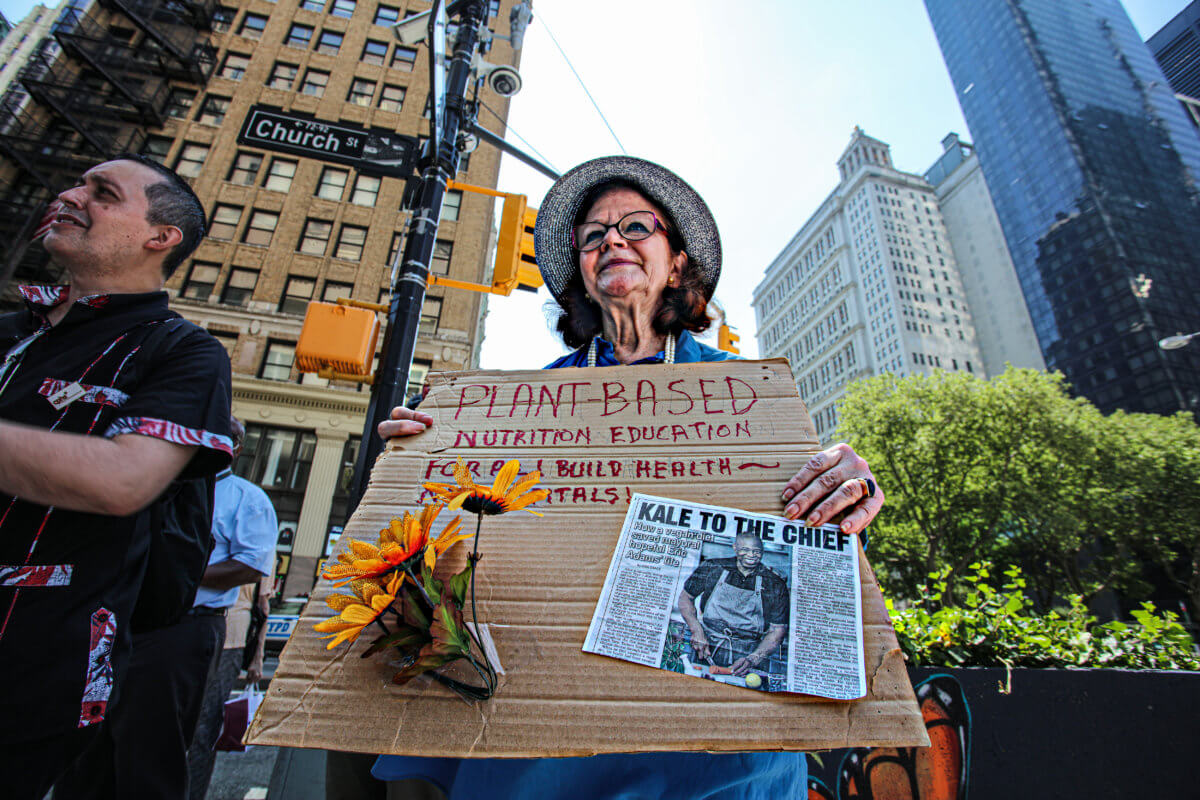
“Why are they reinventing the wheel when there have been so many groups on the ground throughout the pandemic saving lives and directing vulnerable residents to appropriate testing and vaccination,” Anthony Feliciano, the Director of the Commission on the Public’s Health System said in a press release. “It’s a basic principle of public health that you have to be in a community to engage vulnerable residents to take the actions to combat this pandemic. To act otherwise is unimaginable. It is one more example of the city and state failure to work with communities,” he added.



